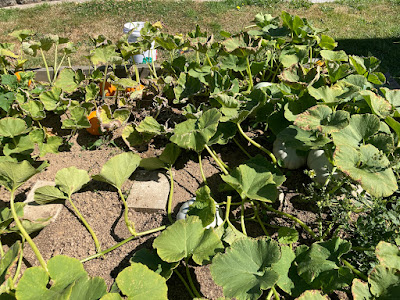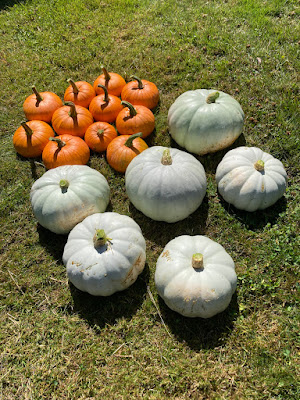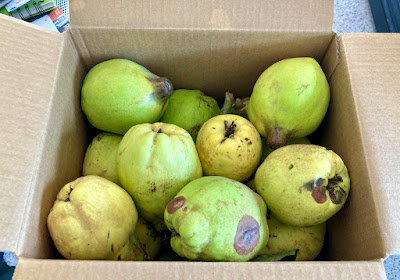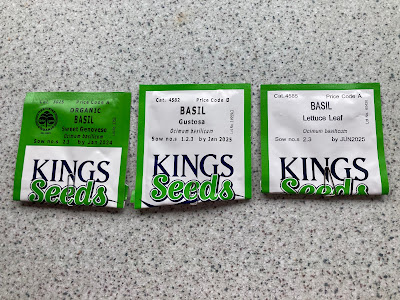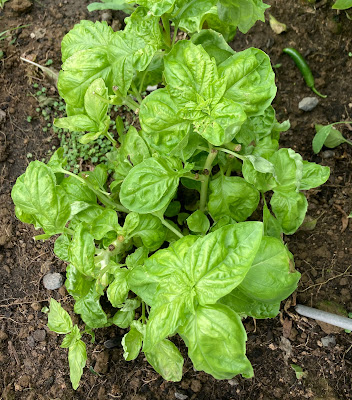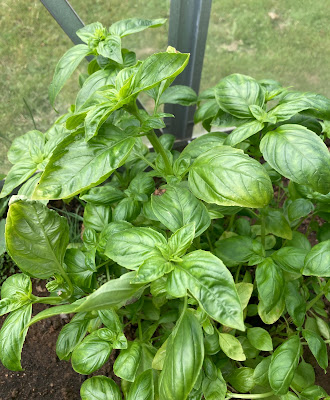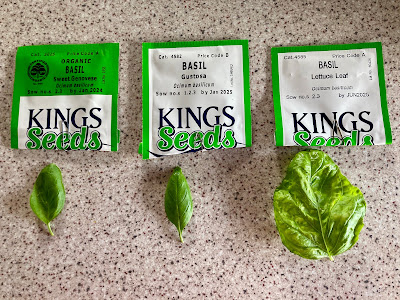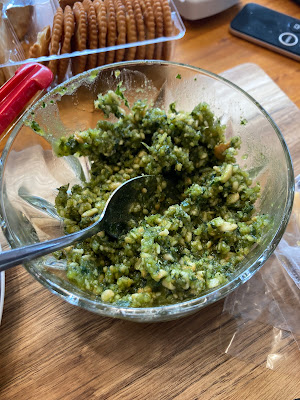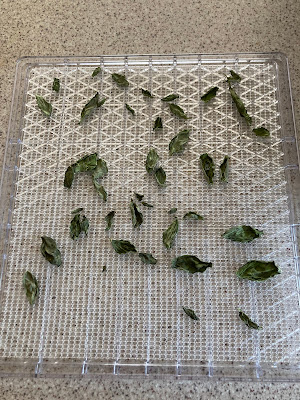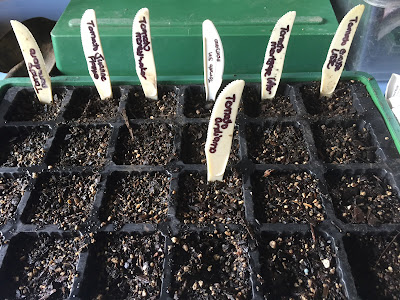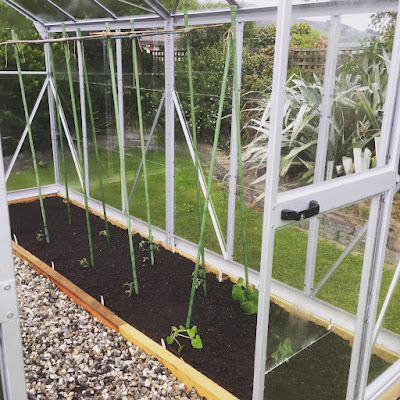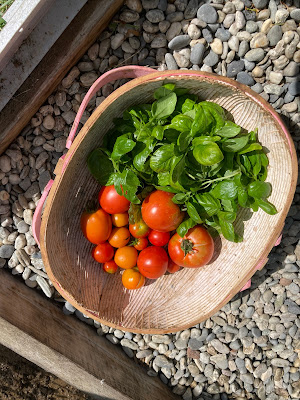Hello friends,
Every year I make an effort to grow as many pumpkins as I can—not only for ourselves, but also for family and friends too. We're typically not big pumpkin eaters, well except for pumpkin soup. We make it up in bulk when all the ingredients for the recipe have been harvested, and include our own homegrown potatoes, onions, and garlic. Once made, we freeze our pumpkin soup away in meal-sized portions, and eat it all through autumn and winter for lunches since hubby and I both work from home.
Back in September 2022, I decided to sow baby bear and also grey crown varieties of pumpkin seeds for the upcoming growing season. The first sowing didn't germinate thanks to some dodgy seed raising mix, so I had to resow the pumpkin seeds in early October. This time all the seedlings germinated and grew up into healthy plants. In Labour weekend in October they were planted into one of our large garden beds along with corn and wheat.
This past growing season had the hottest and driest weather for us in Dunedin in many years. The pumpkin plants grew very quickly, and before Christmas had even come, the plants had already started producing fruit.The summer months of January and February were hot and dry, and it wasn't long before the pumpkins began changing colour. I was watering the plants as often I could, but by this time our neighbourhood was under strict water restrictions.I was very soon inundated with lots of wonderful fruit we don't grow in our own fruit and vegetable garden, and in return I made new friends who left quite happily with a pumpkin or two.
One of our big gray pumpkins got given to an online friend in return for a box of quinces, and you can find the story in one of my previous blog posts, here.
I hope to share with you soon, my other adventures in processing and eating my autumnal fruit bounty.Have a wonderful day
Julie-Ann

